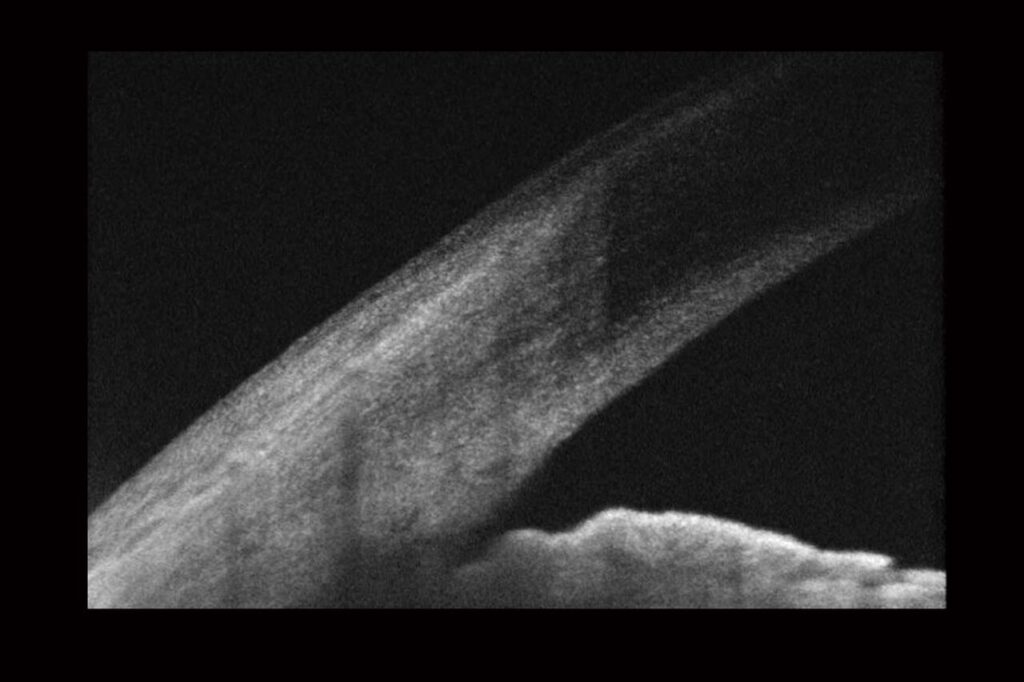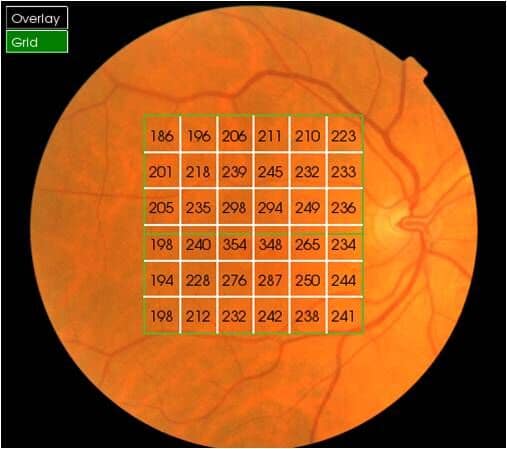Glaucoma is a family of diseases, which causes retinal nerve death. There is no accepted definition of Glaucoma due to the different aspect of the disease. Factors which cause or contribute to Glaucoma are varied.
One factor that has a very strong link to the progression of Glaucoma is Intraocular Pressure (IOP). An increase in IOP is thought to cause damage to the retinal nerves at the Optic nerve head, leading to Glaucoma, this is called Primary Open Angle Glaucoma (POAG). However, IOPs within the normal range can also be found in those that develop Glaucoma. This is then called Normal Tension Glaucoma (NTG). It is thought that those with this type of Glaucoma are sensitive to even IOPs in the normal range or there are other factors at play, which are not fully understood.
For both Primary Open Angle Glaucoma and Normal Tension Glaucoma treatment regimes involve lowering the IOP with the use of Glaucoma drops. These drops lower the IOP by either reducing the production of aqueous or increasing the drainage of aqueous.
Another type of Glaucoma is called Angle Closure Glaucoma and occurs as a result of poor drainage of aqueous from the eye. Angle Closure Glaucoma can cause symptoms of flashes, pain, and blurred vision. Treatment for this type of Glaucoma is by surgery to increase drainage out of the eyes.
Glaucoma is more prevalent in those who have a family history of Glaucoma. So, for one who has a parent with Glaucoma then there chance of getting it are ½ and those who have a sibling who has Glaucoma, their chances of getting it are ¼.
Glaucoma can also be caused secondary to drugs. This is called Drug induced Glaucoma. Drugs such as steroids can lead to drug induced Glaucoma with prolonged use.
The good news is that Glaucoma, if detected early is a controllable disease. With regular sight tests, especially for those with a family history of Glaucoma the disease can be detected early.
The detection of Glaucoma is done routinely if you are over 30 years of age and when we give you a sight test at home.
How do you test for glaucoma?
The three main tests for glaucoma are; An assessment of the optic disc at the back of the eye, a pressure check & a fields assessment to map your peripheral vision.
The pressure check done at most Opticians involves the use of an instrument that blows air on the eyes surface (the puff test). At IQ Optometry we use ‘NO PUFF’ technology to test your pressure.
These are screening tests. We also provide the ‘Gold Standard’ in pressure checking, used in hospitals. Goldmann Applanation Tonometry – this is done using a Perkins instrument, which is also portable. This service is provided for an additional fee.
How often should I have am eye examination if I have a family member with glaucoma?
If you have a patent or sibling with glaucoma, you should have an examination every year from the age of 40. The NHS will fund your examination once you are over 40.
What happens if my eye pressure will be high?
If your pressures as measure with our ‘No Puff’ technology instrument are found to be high. You will be offered the Applanation Tonometry for a small fee. If the pressures are still high, we will need to refer you to the local; Ophthalmology service located at Heart of Hounslow or Hanwell.




